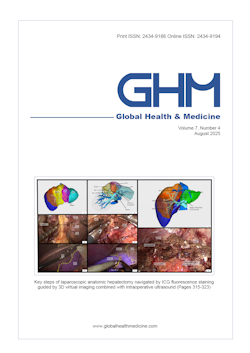Global Health & Medicine 2023;5(4):194-198.
Four decades of continuing innovations in the development of antiretroviral therapy for HIV/AIDS: Progress to date and future challenges
Ghosh AK
The treatment of HIV-1 infection and AIDS represents one of the greatest challenges in medicine. While there is no cure for HIV/AIDS, truly remarkable progress has been made for treatment of HIV/AIDS patients today. The advent of combination antiretroviral therapy (cART) in the mid-1990s dramatically improved HIV-1 related morbidity, greatly prolonged life expectancy, and delayed progression of AIDS. Due to current antiretroviral therapy, the mortality rate for HIV infected patients is closely approaching the mortality rate for the general population. The long-term success of HIV-AIDS treatment requires continued enhancement of cART with further development of novel drugs that would exhibit fewer side effects, higher genetic barrier to the development of resistance, and longer action with durable virologic suppression. This editorial article provides a quick review of four decades of intense drug development research efforts targeting various viral enzymes and cellular host factors leading to the evolution of today's treatment of patients with HIV-1 infection and AIDS. It also touches on challenges of future treatment options.
DOI: 10.35772/ghm.2023.01013







